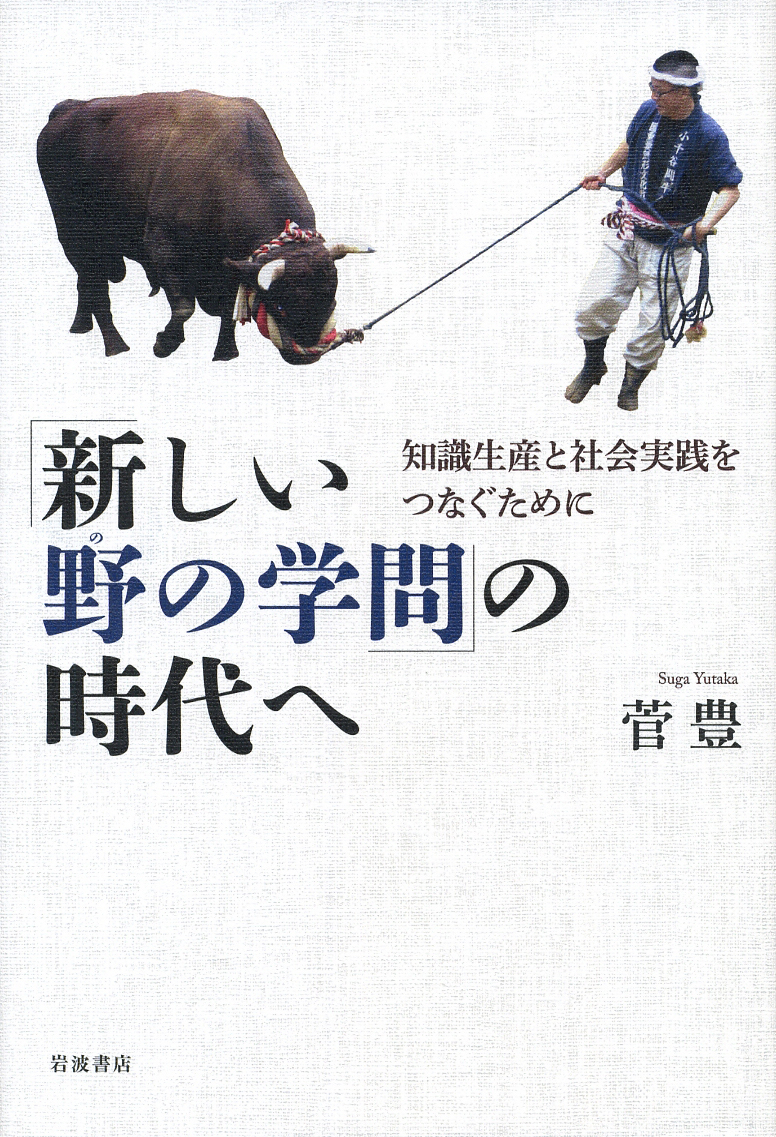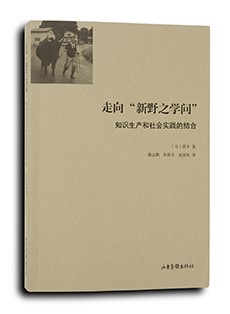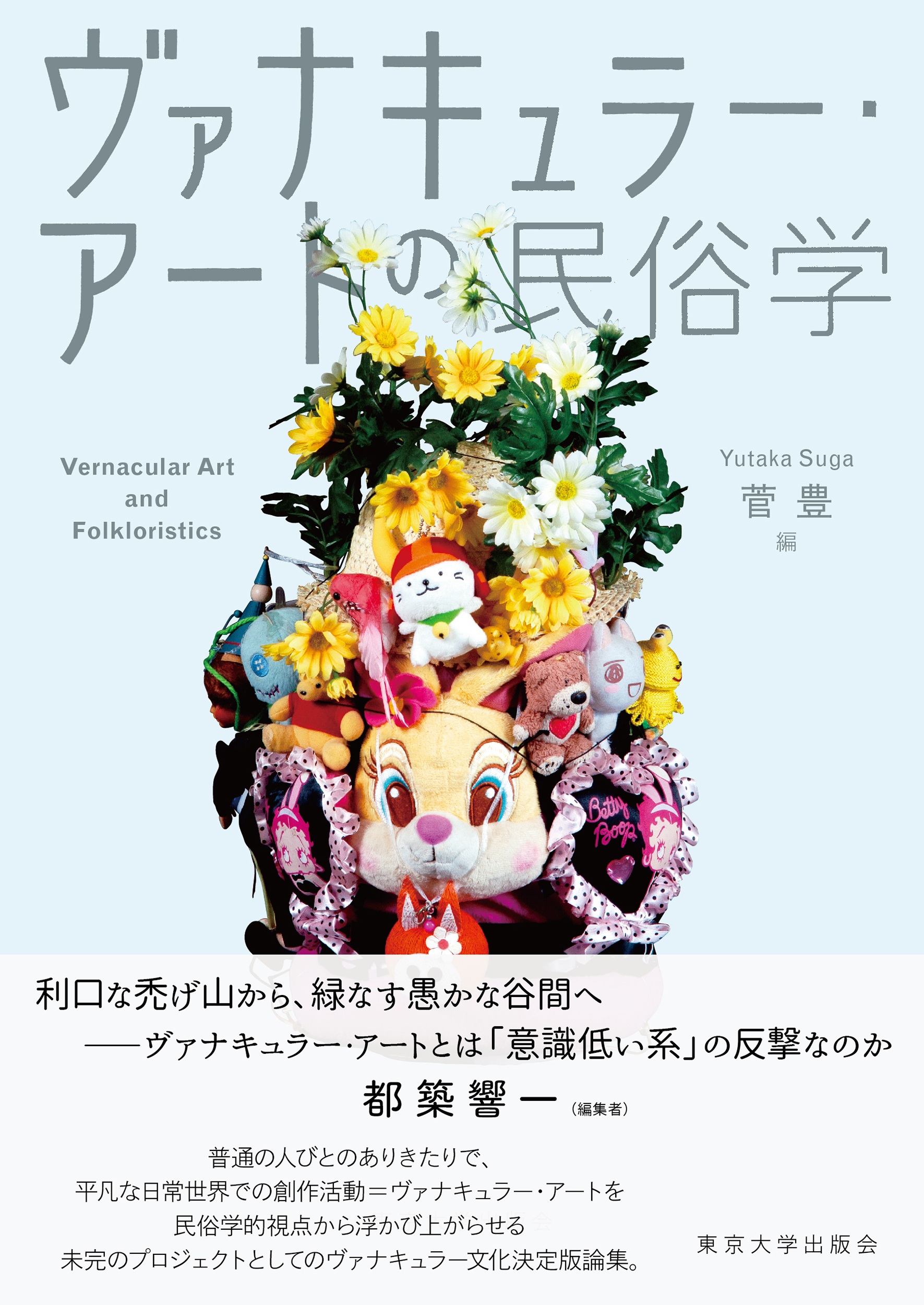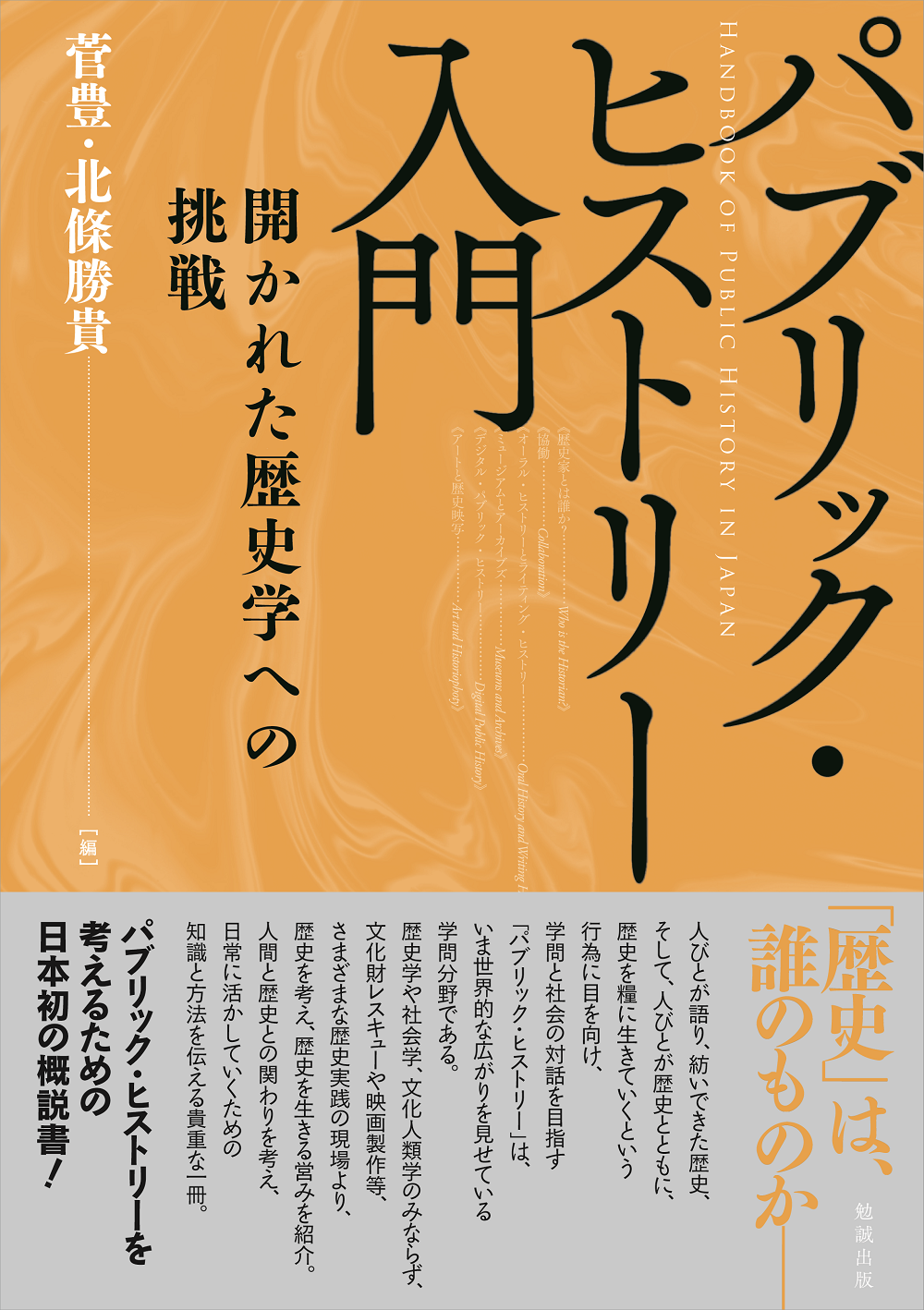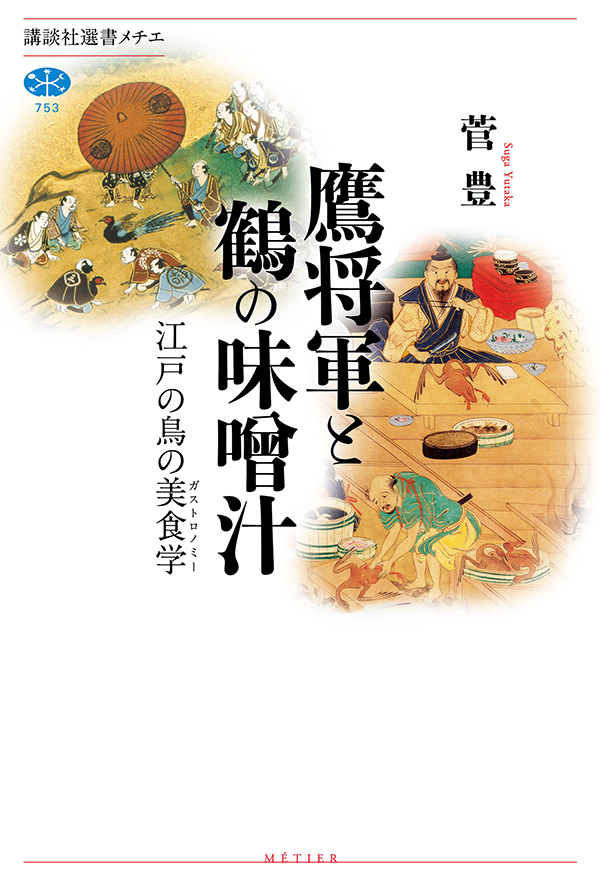
Title
Kodansha Sensho Métier Taka-Shogun to Tsuru no Misoshiru (History of Bird Hunting and Food Culture in Japan - The Gastronomy of Birds in the Edo Period)
Size
288 pages, 127x188mm
Language
Japanese
Released
August 12, 2021
ISBN
978-4-06-524587-3
Published by
Kodansha Ltd.
Book Info
See Book Availability at Library
Japanese Page
“Until just a little while ago, inhabitants of the Japanese archipelago were a ‘bird-eating people.’”
Such a characterization will likely be surprising to most Japanese and cause many to immediately counter with, “no, we are a fish-eating people.” There is no denying that Japan has a well-developed fish-eating culture. To say nothing of sushi and sashimi, which are known the world over, it goes without saying that fish play an important role and occupy a higher place in Japanese cuisine (washoku) than other animals.
Why, then, is the topic of this book the food culture of birds—and, in particular, wild birds—rather than fish, which are essential for understanding Japanese food culture? That is because an assemblage of complex and sophisticated cultures surrounding wild birds existed that were associated not only with food but, also, politics, the economy, society, and rituals, the likes of which were not seen for fish or other animals. In fact, wild birds are an essential animal for understanding Japanese culture itself.
In the past, for the upper class of society, wild birds served not only as food but also prestige goods used to demonstrate one’s standing within and one’s relation to the class structure. In addition to hunting wild birds, people in power proactively consumed and gifted the birds that they had hunted to others. The common people also consumed wild birds on a similar level as the upper class.
This book investigates Japan’s wild bird-eating culture that had developed to an almost unimaginable level of sophistication but that has, mysteriously, all but been forgotten, focusing primarily on the golden age of bird-eating culture, the Edo period, when a vast assortment of wild bird dishes was enjoyed even by the common people. In addition, the book traces the history of how the taste of wild birds that was beloved by our ancestors came to be forgotten—in other words, the rise and fall of wild birds in Japanese food culture—to elucidate the entirety of Japanese food culture related to wild birds.
The comprehensive study of the history, politics, society, economies, and culture related to food is known as “gastronomy.” This book indeed investigates the gastronomy of wild birds in Japan.
While, at first glance, the book simply offers a culinary history, in reality, it captures the degradation and mismanagement of the environment and resources in modern Japan and seeks lessons for the future through its tracing of the rise and fall of Japan’s wild bird-eating culture. Consumption of wild birds is one of the ecosystem services. The decline of this service indicates a weakening of biodiversity. We must not repeat the tragic scenarios that have led to the loss of this food culture. Our hope is that this message is conveyed by this gastronomy.
(Written by SUGA Yutaka, Professor, Institute for Advanced Studies on Asia / 2022)



 Find a book
Find a book



